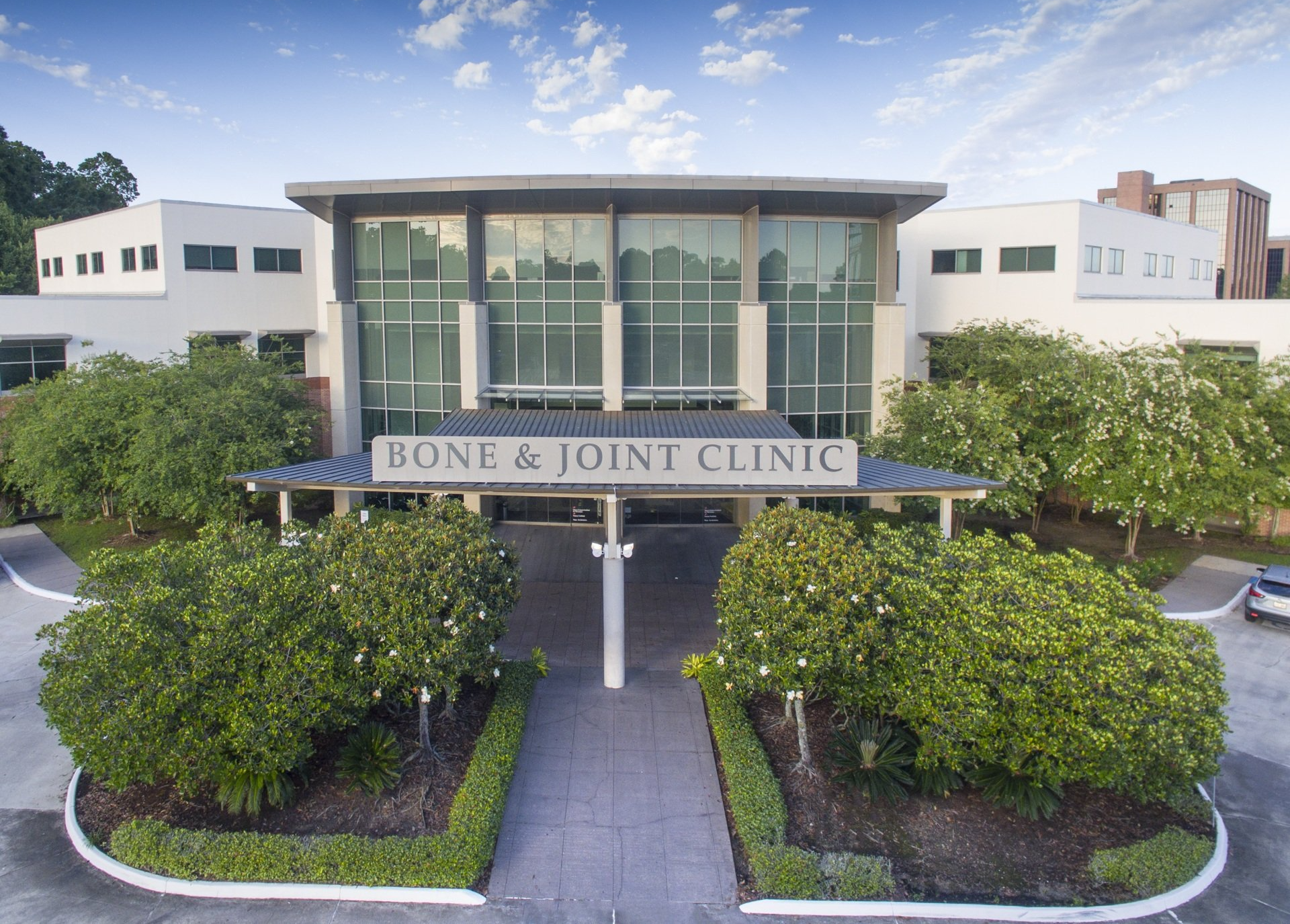Since modern total hip replacement surgery first began in the 1950s, the procedure has undergone an incredible evolution. From the design and components of the artificial joint to the surgical approach, the procedure has improved by leaps and bounds and so too have the associated outcomes. Patients receiving hip replacements today are having phenomenal results with many of them quickly able to walk without pain.
Today, many patients still receive the traditional posterior hip replacement procedure. However, the operation, with its larger incisions, splitting of the muscles, and lengthier periods of recovery is gradually being overtaken by less invasive approaches. Two of the most common being anterior and the up-and-coming SuperPath approach.
Anterior Hip Replacement Approach
The anterior hip replacement arose from a need for a minimally invasive surgical technique, and the results have been strong. As the name implies, this technique involves making an incision at the front of the hip as opposed to the back. It also spares the surrounding muscles by allowing surgeons to go between them rather than cutting through them. Finally, it is associated with lower risk of post-surgical hip dislocation and shorter hospital stays.
What Makes SuperPath Hip Replacement Different?
While the anterior approach is solid and offers great patient results, there is always room for improvement, and surgical techniques should constantly be evolving. For hip replacements, a fairly recent evolution has come in the form of SuperPath. Like the anterior approach before it, SuperPath has taken a successful procedure and made it even better. Key SuperPath benefits that differentiate it from its predecessors include:
- Smaller incision size
- Minimal disruption to the hip capsule and surrounding soft tissues
- No need to surgically dislocate the hip
- Faster recovery
- Less scarring
- No restrictions on hip positions post-operatively
Is SuperPath or Anterior Hip Replacement Better?
Both SuperPath and the anterior approach come with benefits and offer exceptional patient outcomes. Determining which is best can only be done on a case-by-case basis and by a surgeon who specializes in both. At the Bone and Joint Clinic of Baton Rouge, Dr. Joseph Broyles regularly performs both procedures and has the knowledge and expertise needed to predict which surgical approach will be most beneficial to his patients.


7301 Hennessy Blvd.
Suite 200
Baton Rouge, LA 70808
tel: (225) 766-0050
fax: (225) 766-1499
Bone & Joint Clinic of Baton Rouge, Inc. complies with applicable Federal civil rights laws and does not discriminate on the basis of race, color, national origin, age, disability or sex.
Click to view our notice.
Bone & Joint Clinic of Baton Rouge | All Rights Reserved.


